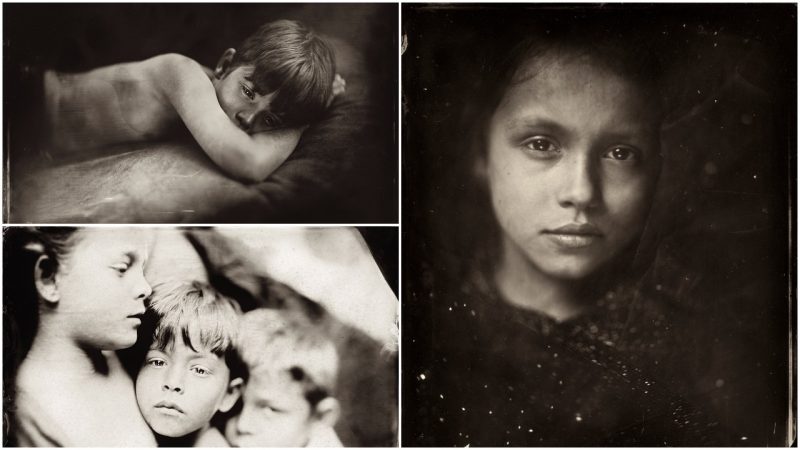In our digitally dominated era, when just one click is enough to capture a moment, it is hard to imagine that there are people out there still doing photography the old-fashioned way.
One such person is Spanish photographer Jacqueline Roberts, who uses a 166-year-old technique known as the Wet Plate method (also called the collodion process) to create pictures of kids going through the transition from childhood to adolescence.
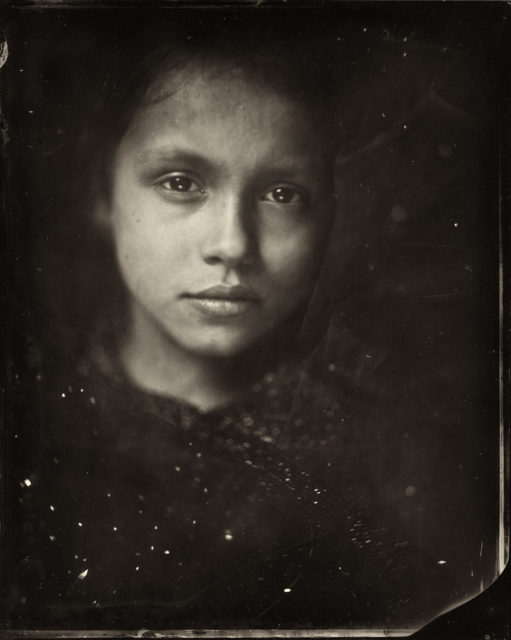
This early photographic technique, Wet Plate Collodion, was accidentally discovered, almost simultaneously, by Frederick Scott Archer and Gustave Le Gray in 1851. The technique, which is considered by many to be the grand-daddy of analog photography, consists of coating a plate with collodion that is sensitized in silver nitrate.
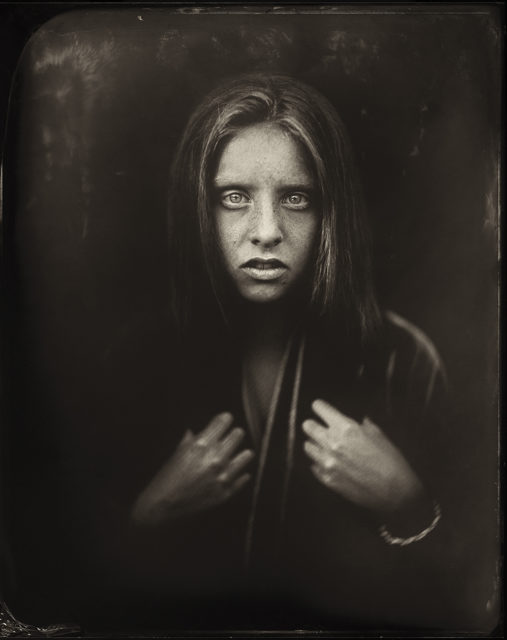
The plate is exposed while still wet and then developed in a solution of pyrogallic and acetic acids and fixed with a solution of sodium thiosulfate. It is very important to go through the whole process while the plate is still wet, otherwise, it will not react to the solutions.
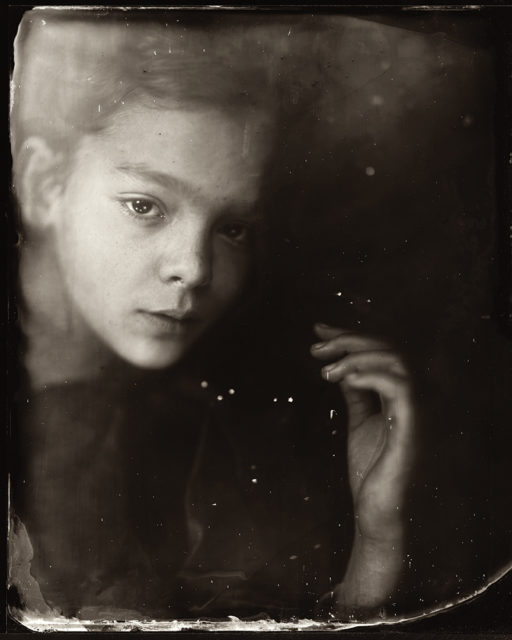
Roberts says, “The result is a negative image on a glass plate that, when backed with a dark background, forms what we call an Ambrotype, a word derived from the Greek word for ‘immortal.’ Alternatively, on a black lacquered metal plate, the image appears directly as a positive.” She adds that “collodion’s unique aesthetic produces timeless and ethereal images … Each plate is unique.”
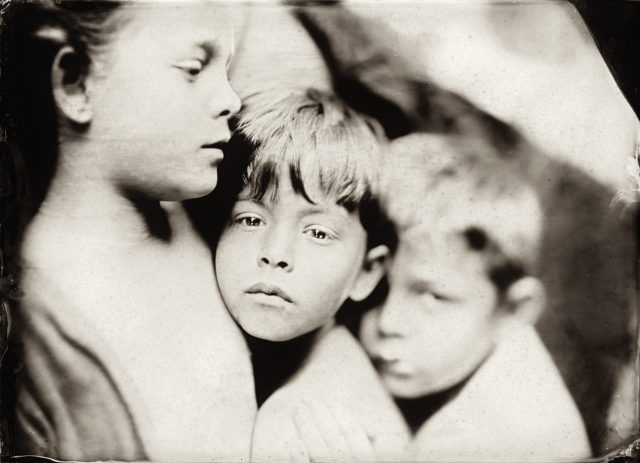
Reviving the technique, Roberts created a collection of portraits made on glass and metal plates. Titled Nebula, Roberts’ collection captures the mist of psychological and emotional change in youth.
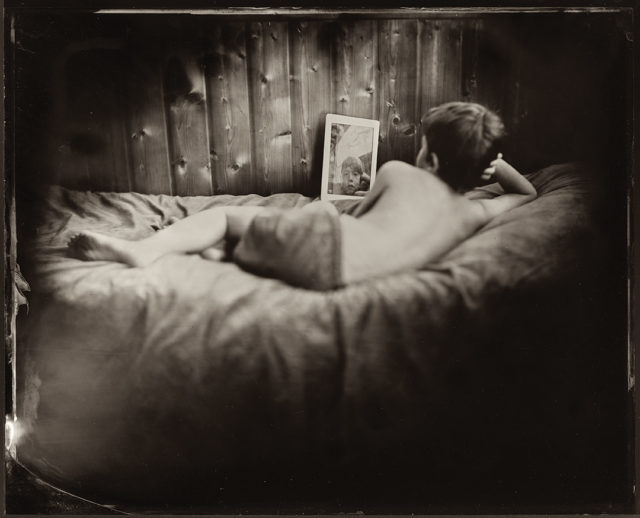
As seen from the photos, the individuals in these portraits are neither children nor adolescents. The artist says that she wanted their portraits to emerge from that state of limbo to evoke the transitional stage that they are going through.
“Nebula, Latin for mist, reflects on the turmoil of growing up with all its relational, psychological and emotional changes,” she explains.
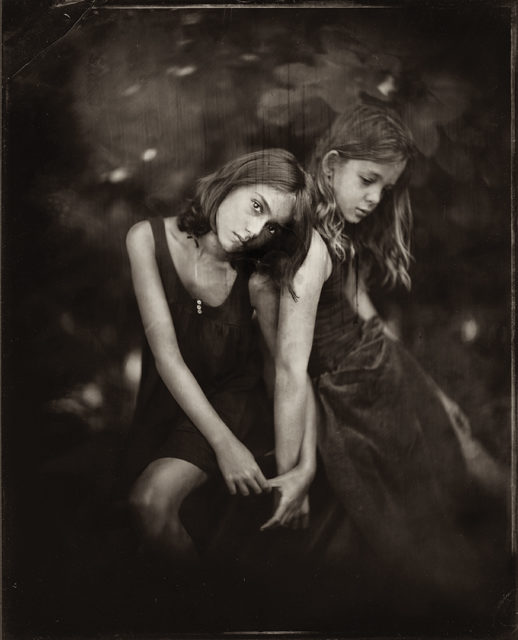
According to the artist, people are losing the emotional connection with photographs they had in the past. “In today’s digital world we are swamped with images. If we look back, photographs used to be some of our most prized possessions, treasures that we would save from a house on fire,” says Roberts.
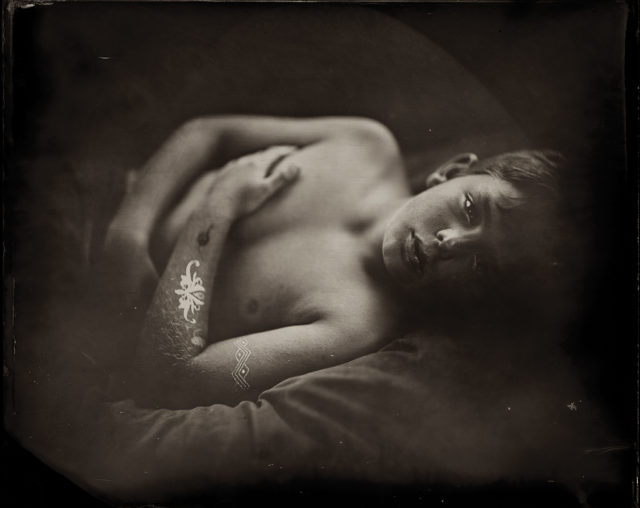
For Roberts, making wet plates goes beyond the photographic process itself. It is a sort of inner journey. A state of mind.
“I look for images that are unique, that hold value. Images to remember and preserve. To this end, I believe that engaging with the sitter and capturing emotion in a portrait is essential to how I approach photography,” she says.
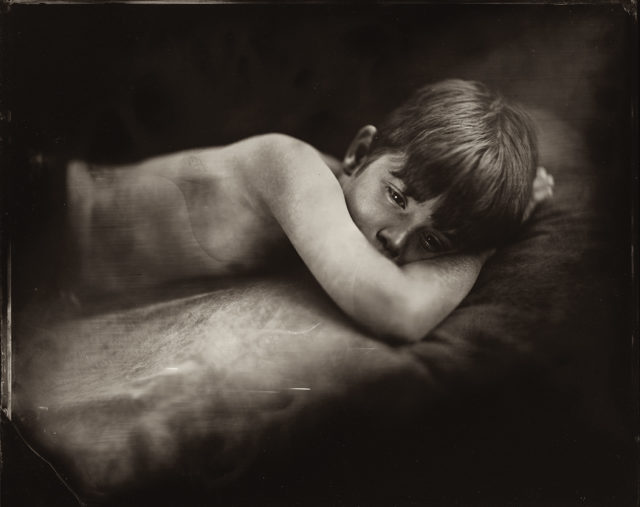
“Other aspects, such as a sense of aesthetics, composition, contingent metaphors, pictorial references or intimacy, are fundamental too if I want to transcend the portrait and look for the ‘greatness of inner,’ to borrow Julia Margaret Cameron’s words. All these are features that I pursue in my work.”
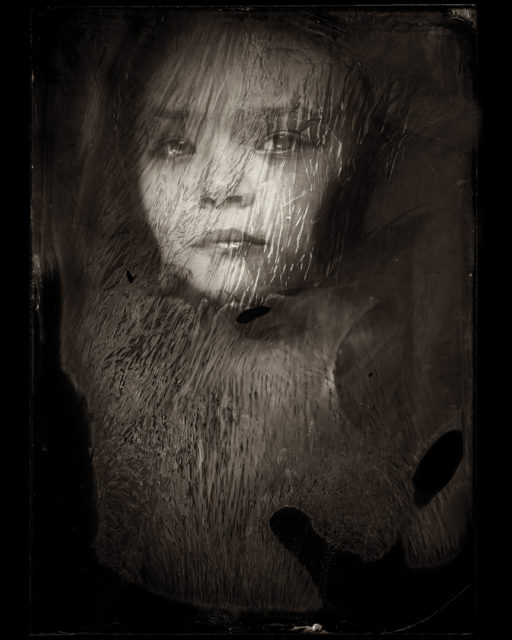
Roberts was born in Paris in 1969. Both of her parents are Spanish who immigrated to France after the civil war.
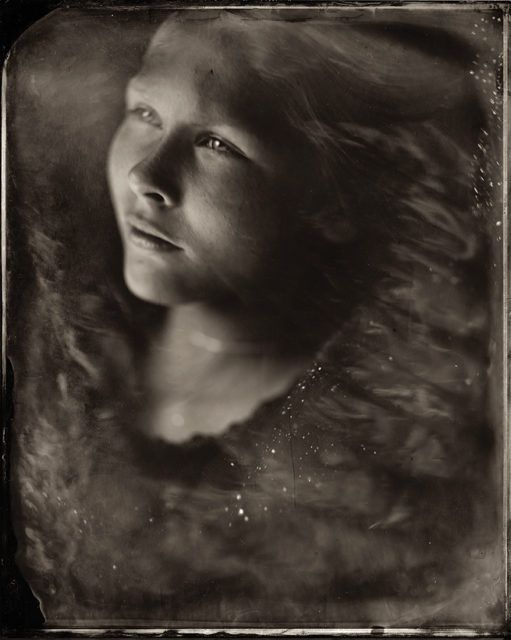
Roberts was raised in Paris but graduated with a degree in Political Science from the Complutense University of Madrid. Before turning to photography, she worked for international organizations in the field of human rights.
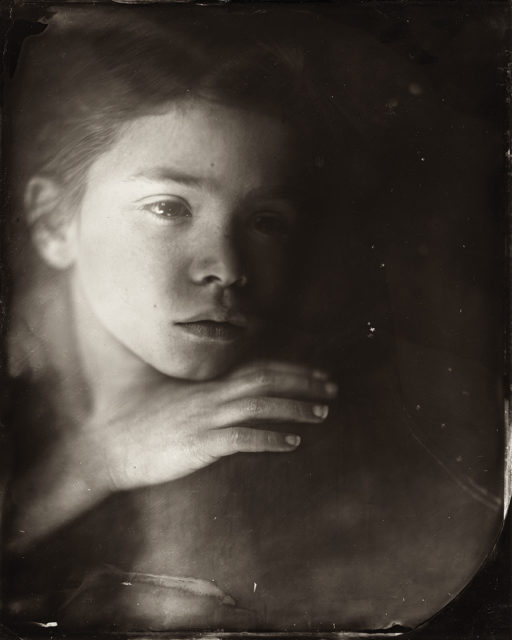
Roberts developed a love for photography early on. In 2013, she told the Raw Book that the first camera she used was her dad’s old Kodak.
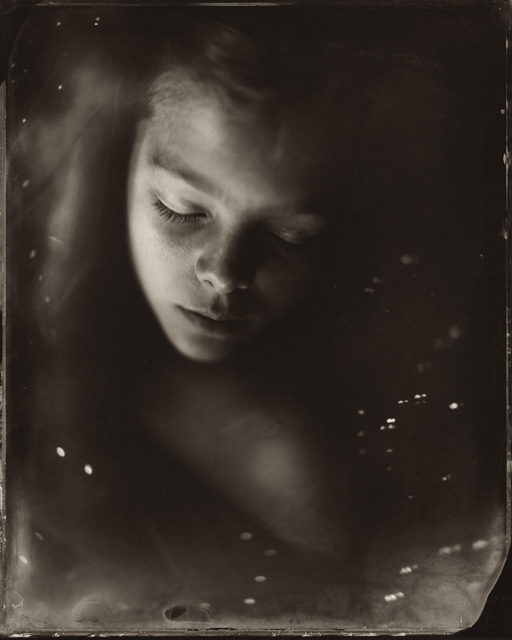
“The portraits from the series Nebula required long exposures, which eased the sitters into detaching themselves from their immediate surroundings as if suspended in time and in space,” says Roberts
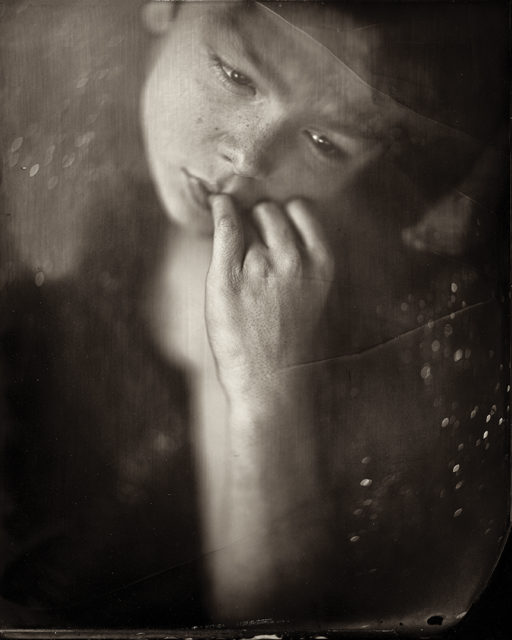
She says that another essential aspect of her work is to pause and take the time to create an image. “My portraits are about that, time. Time passed. Time elapsed. Time suspended. Time ahead or behind us.”
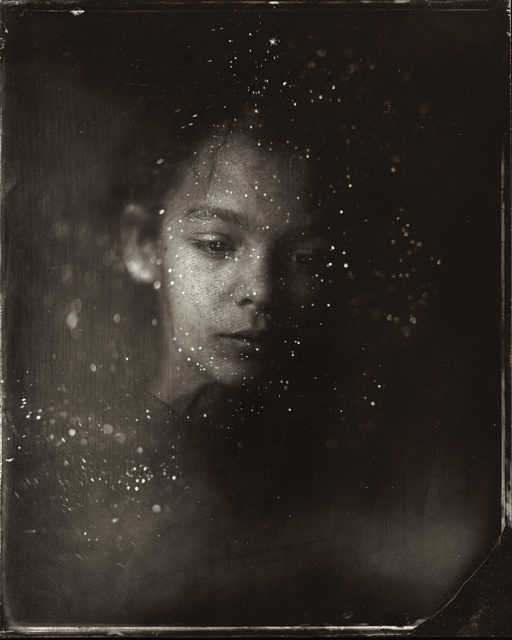
Roberts has already published three books; her fourth monograph, Nebula, was released in 2016 by Italian art publisher Damiani. If you want to see more of her work, you can visit her website or her Facebook and Instagram profiles.
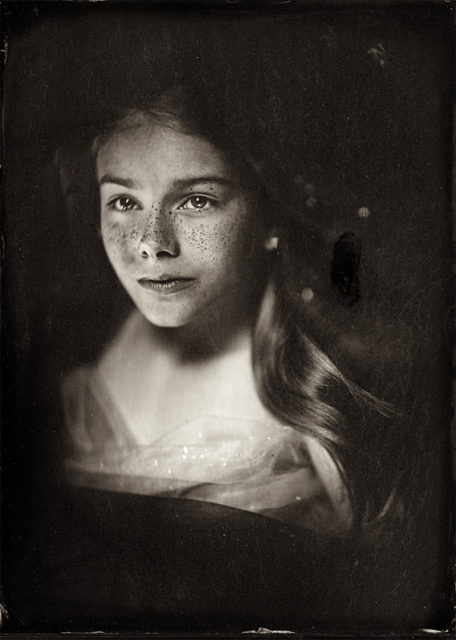
Jacqueline Roberts’ work has won several awards and has been exhibited in Europe as well as internationally.
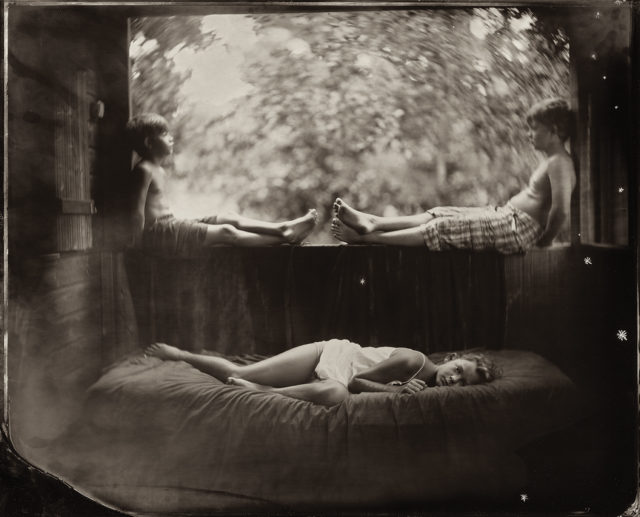
One of her Nebula plates has been recently acquired by the Royal Photographic Society to enter their permanent collection, hosted by the Victoria and Albert Museum in London.
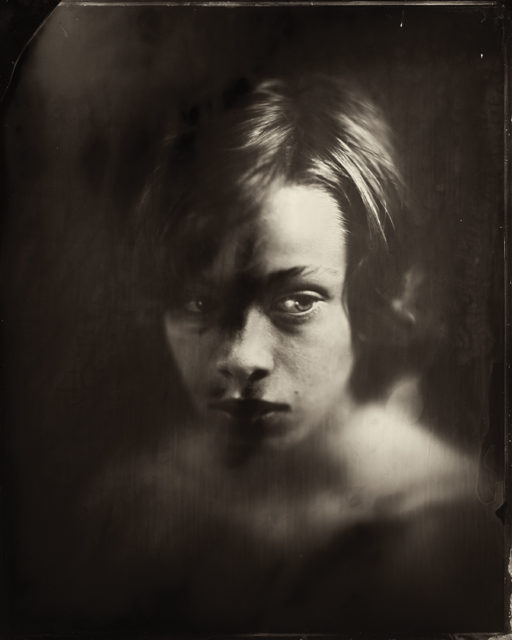
Roberts’ unique portraits defy the common perception that sees children as “cute-innocent-creatures.”
What made her create this impressive photo series is their rawness, their fresh unawareness, and their uncompromising ability to be as they are.
